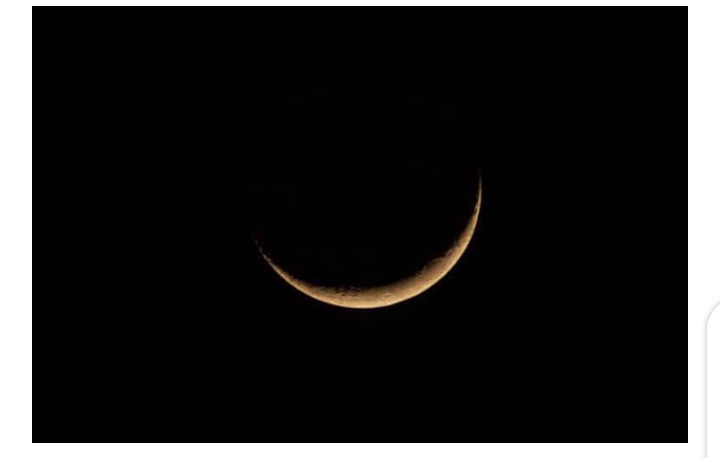Have you been wondering why Islamic festivals like Eid al-Fitr and Eid al-Adha never seem to have a fixed date on the calendar? One year, Eid is in September; the next, it’s in August.
Well, here’s the thing:
Islamic dates are calculated according to the moon (This is known as the lunar calendar). It’s different from the Gregorian calendar (January -December) these festivals DO have a fixed date on the Lunar Calendar.
The Gregorian calendar is based on Earth’s orbit around the sun which is about 365 days or 366 days in a leap year.
The lunar month is defined by the time it takes for the moon to complete one cycle of phases, from new moon to new moon, which averages about 29.5 days.
Let’s break it down for clarity 👇🏽
Meet the Two Calendars: Solar Vs Lunar
Here’s how they compare: Calendar System Months Total Days in a Year Gregorian (January–December) Solar-based ☀️ 12 365 (or 366 in leap years) Hijri (Islamic Calendar) Lunar-based 🌙 12 354
💡 Quick fact: The Hijri calendar is about 11 days shorter than the Gregorian calendar each year!
This is because it is based on the time taken for a moon to complete it’s orbit in a month.
So, Why Does Eid Keep Moving?
Let’s say Eid al-Fitr falls on March 30th this year. Because the Islamic year is 11 days shorter, next year’s Eid will be around March 18th or 19th. And the year after that? Even earlier!
But here’s the key: It’s not “fluctuating” at all in the Hijri calendar—it’s always on the 1st of Shawwal, the month that follows Ramadan.
To put it in perspective:
🗓 In 2013, Eid al-Fitr was on August 8th (Gregorian).
🗓 In 2023, it was on April 21st.
🗓 By 2033, it’ll be in January!
🌟 Fun Fact: In December 2030, Ramadan will start around Christmas Eve!
In a few decades, Ramadan and Eid will be in winter instead of summer for many parts of the world. 🌍 (The most interesting part of the lunar calendar, fasting won’t be during summer alone)
Why the Extra Confusion?
Apart from being 11 days shorter, the dates of a lunar calendar are specifically based on moon sighting. 🌙👁️
Unlike the Gregorian calendar, where months have fixed days (January = 31, February = 28/29, etc.), in the Hijri calendar:
✅ Each month has either 29 or 30 days (never 31 or 28).
✅ The actual number depends on when the crescent moon is sighted. So while the total year always adds up to 354 days, the exact number of days per month isn’t fixed in advance. This means that the difference between Eid dates this year and next year might sometimes be 10 days instead of 11 or 12—depending on how many months had 29 or 30 days before Ramadan.
💡 Fun Fact: Ever heard of two Ramadans in one year? Because the Islamic year shifts back every 11 days, this will actually happen in 2030!
Ramadan will start in January 2030, and because of the shift, the next Ramadan will start again in December 2030. Two fasting months in one year—rare but totally possible!
Final Takeaway: It’s Not Random! 🤯
Islamic festivals aren’t just floating around with no pattern. They are fixed in the Hijri calendar, but because the lunar year is shorter, they shift earlier on the Gregorian calendar every year.
Remember time of fasting is defined, “From dawn to dusk” Islamic dates and time are as well defined.
It is therefore worthy to note that apart from. The Hijri and Gregorian calendar, there’s a lunisolar calendar which is used by the Jews.
As we watch out for the moon for 1st Shawwal, 1446A.H which marks the Eid-l-Fitr Celebrations, Stay calm!
Get refreshed


Leave feedback about this